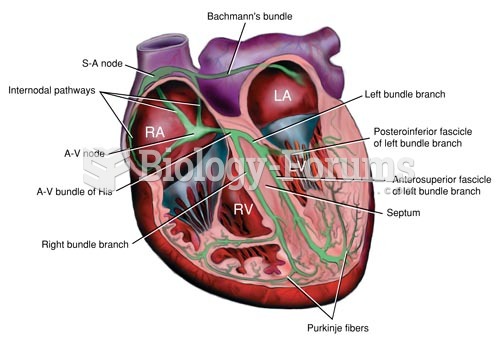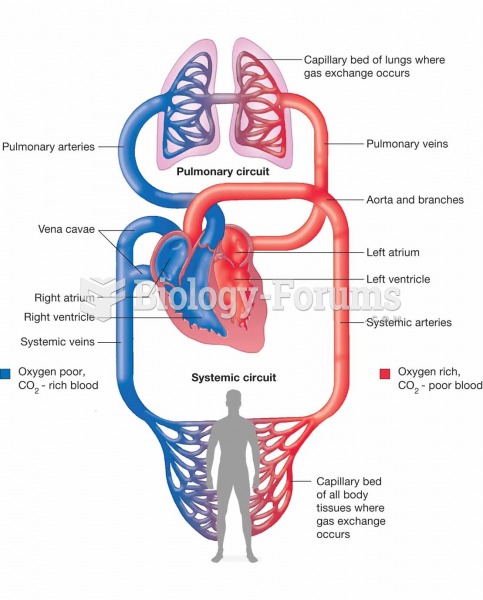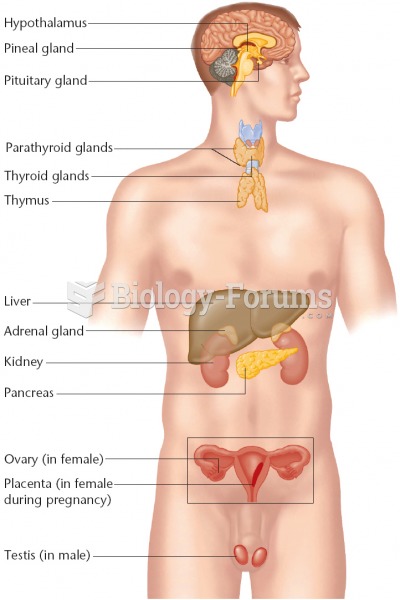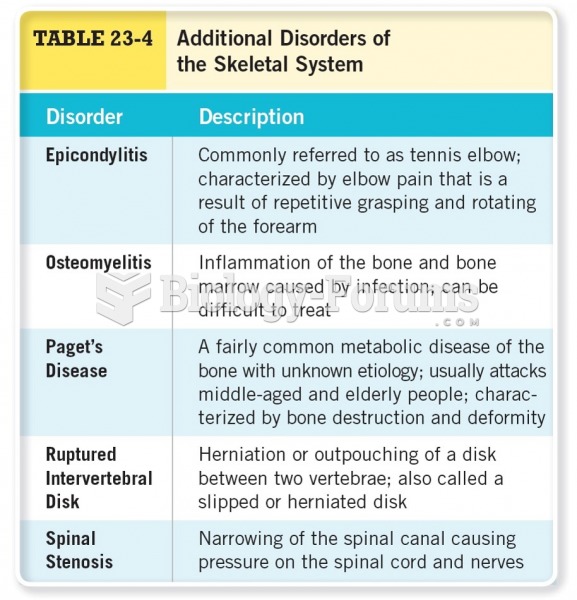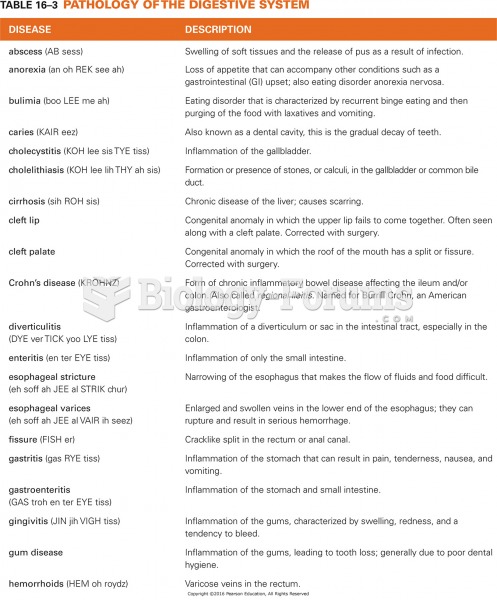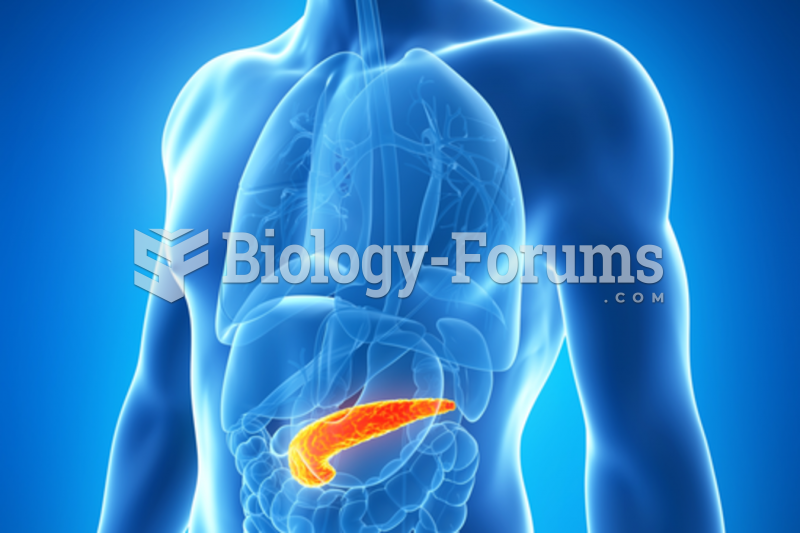Answer to Question 1
An ideal performance management system is also:
A . Congruent with strategy. The system should be congruent with the unit's and organization's strategy. Organizations need to ensure that individual goals are aligned with unit and organizational goals.
B. Congruent with context. The system should be congruent with the organization's culture as well as the broader cultural context of the region or country.
C. Thorough. All employees should be evaluated, all major job responsibilities should be evaluated, the evaluation should include performance spanning the entire review period, and feedback should be given on positive performance aspects as well as those that are in need of improvement. Organizations should train managers on how to give thorough reviews.
D. Practical. Good systems are available, easy to use, and acceptable to those who want to use them to make decisions, and the benefits of using the system outweigh the costs. Organizations need to get employee and manager input when designing the PM system to ensure that both parties are able to use the system and trust its results.
E. Meaningful. The standards and evaluations conducted for each job function must be considered important and relevant, the system must emphasize those functions that are under the control of the employee only, evaluations must take place at regular intervals and at appropriate moments, the system should provide for continuing skill development of evaluators, and the results should be used for important administrative decisions. Again, organizations must involve employees and managers in the development of the system and train them on how to use the system effectively in order for it to be meaningful.
F. Specific. A good system provides detailed and concrete guidance to employees about what is expected of them and how they can meet these expectations. Supervisors must clearly communicate to employees what is expected of them.
G. Identifies effective and ineffective performance. The system discriminates between effective and ineffective performance. Organizations design performance criteria in a way that distinguishes between good and bad performance.
H. Reliable. The system uses performance measures that are consistent, free of error, and high in inter-rater reliability.
I. Valid. The measures of performance are relevant (i.e., include important performance facets), they are not deficient (i.e., do not include unimportant performance facets), and they are not contaminated (because they measure only what the employee can control). Organizations identify through job analysis what are essential for the job and only measure those results and behaviors.
J. Acceptable and Fair. A good system is acceptable and perceived as fair by all participants. Organizations can set clear rules that are applied consistently by all supervisors.
K. Inclusive. Good systems include input from multiple sources on an ongoing basis. Organizations should encourage employees to conduct self-appraisals, and employees must participate in the process of creating the system by providing input regarding what should be measured and how it should be measured.
L. Open. Performance is evaluated frequently, performance feedback is provided on an ongoing basis, the appraisal meeting consists of a two-way communication, and standards are clear and communicated continually. Organizations should train managers on how to effectively give feedback and communicate expectations to their employees.
M. Correctable. When employees perceive an error has been made, there should be a mechanism through which this can be corrected. Organizations should establish an appeals process, through which employees can challenge what may be unjust decisions. This is an important aspect of a good performance management system.
N. Standardized. As noted previously, good systems are standardized. This means that performance is evaluated consistently across people and time. Organizations must train individuals in charge of appraisals.
O. Ethical. Good systems comply with ethical standards. Organizations should train managers to suppress personal self-interest when providing evaluations, to only evaluate performance dimensions for which they have sufficient information, and to respect the employee.
Answer to Question 2
B


